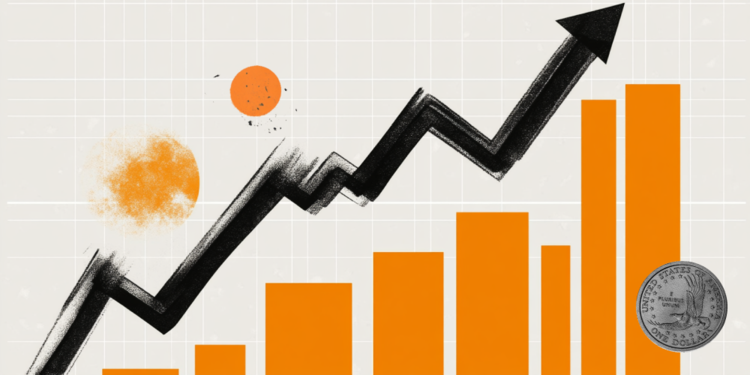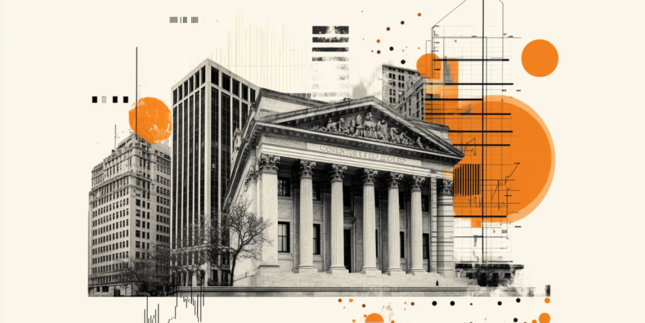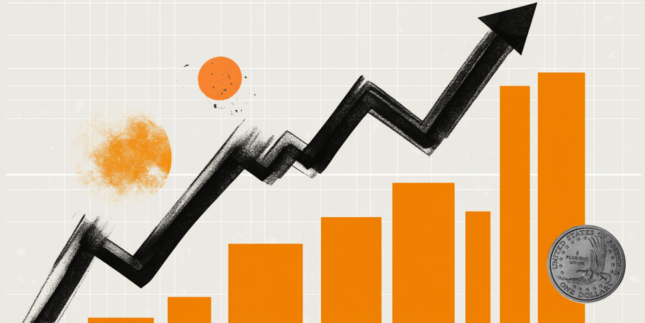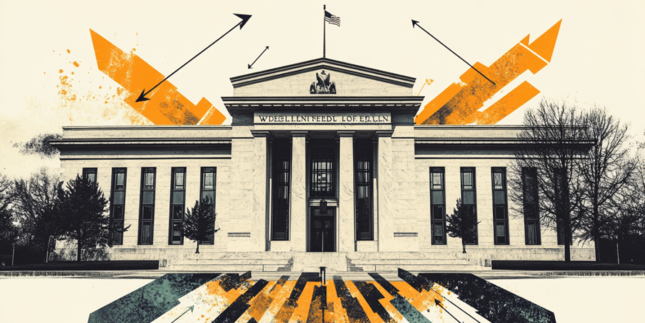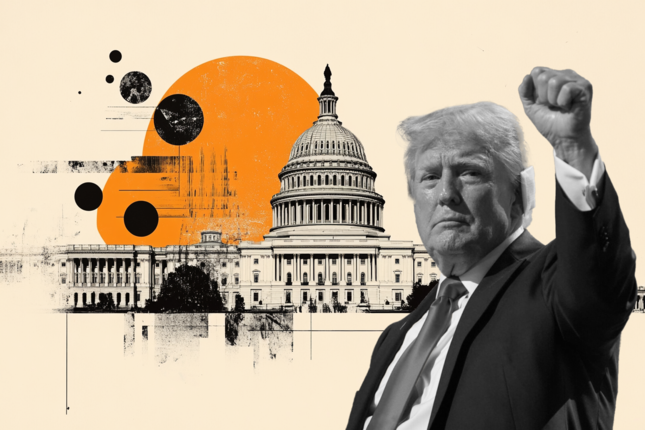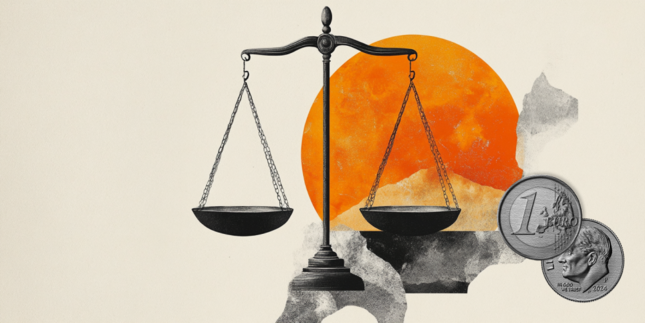US Dollar gathers traction on strong GDP and PCE data
- US Dollar Index DXY jumps above 107.00 after a hotter-than-expected inflation component in GDP data.
- CME FedWatch Tool now shows a near 35% probability that rates will remain steady in June, with cuts still on the table.
- Focus will shift to labor market data from February to be released at the beginning of March.
The US Dollar Index (DXY), which tracks the performance of the US Dollar (USD) against six major currencies, is extending gains on Thursday, breaking above 107.00 as markets digest the second reading of United States (US) Gross Domestic Product (GDP) and its inflation components. Traders were caught off guard by hotter-than-expected Personal Consumption Expenditures (PCE) data, reinforcing concerns over persistent inflation.
Daily digest market movers: US Dollar rallies after GDP inflation surprises
- US GDP for Q4 2024 came in as expected at 2.3%, confirming steady economic growth.
- PCE inflation component exceeded expectations at 2.4%, while core PCE surged to 2.7%, compared to the 2.5% forecast.
- US Initial Jobless Claims rose to 224,000 for the week ending February 21, signaling slight labor market weakness.
- US Continuing Claims declined to 1.862 million, beating the 1.870 million forecast.
- On the foreign policy front, US President Donald Trump sowed confusion over tariff implementation, contradicting earlier statements.
- Markets react to tariff uncertainty as Trump doubles down on 25% levies on Canada and Mexico, which will come into effect on March 4.
DXY technical outlook: Bulls reclaim key levels but momentum remains fragile
The US Dollar Index has rebounded strongly above 107.00, reclaiming the 100-day Simple Moving Average (SMA) at 106.60. The Relative Strength Index (RSI) and Moving Average Convergence Divergence (MACD) indicate improving momentum, but the bullish push still needs confirmation. Resistance lies at 107.30, while support levels are seen at 106.60 and 106.00 in case of a reversal.
Interest rates FAQs
Interest rates are charged by financial institutions on loans to borrowers and are paid as interest to savers and depositors. They are influenced by base lending rates, which are set by central banks in response to changes in the economy. Central banks normally have a mandate to ensure price stability, which in most cases means targeting a core inflation rate of around 2%. If inflation falls below target the central bank may cut base lending rates, with a view to stimulating lending and boosting the economy. If inflation rises substantially above 2% it normally results in the central bank raising base lending rates in an attempt to lower inflation.
Higher interest rates generally help strengthen a country’s currency as they make it a more attractive place for global investors to park their money.
Higher interest rates overall weigh on the price of Gold because they increase the opportunity cost of holding Gold instead of investing in an interest-bearing asset or placing cash in the bank. If interest rates are high that usually pushes up the price of the US Dollar (USD), and since Gold is priced in Dollars, this has the effect of lowering the price of Gold.
The Fed funds rate is the overnight rate at which US banks lend to each other. It is the oft-quoted headline rate set by the Federal Reserve at its FOMC meetings. It is set as a range, for example 4.75%-5.00%, though the upper limit (in that case 5.00%) is the quoted figure. Market expectations for future Fed funds rate are tracked by the CME FedWatch tool, which shapes how many financial markets behave in anticipation of future Federal Reserve monetary policy decisions.
Forex News
Keep up with the financial markets, know what's happening and what is affecting the markets with our latest market updates. Analyze market movers, trends and build your trading strategies accordingly.
